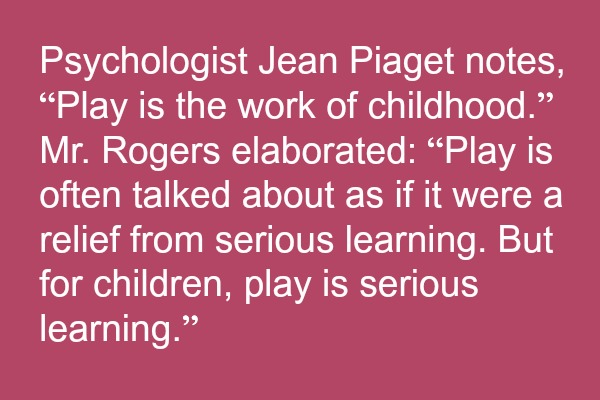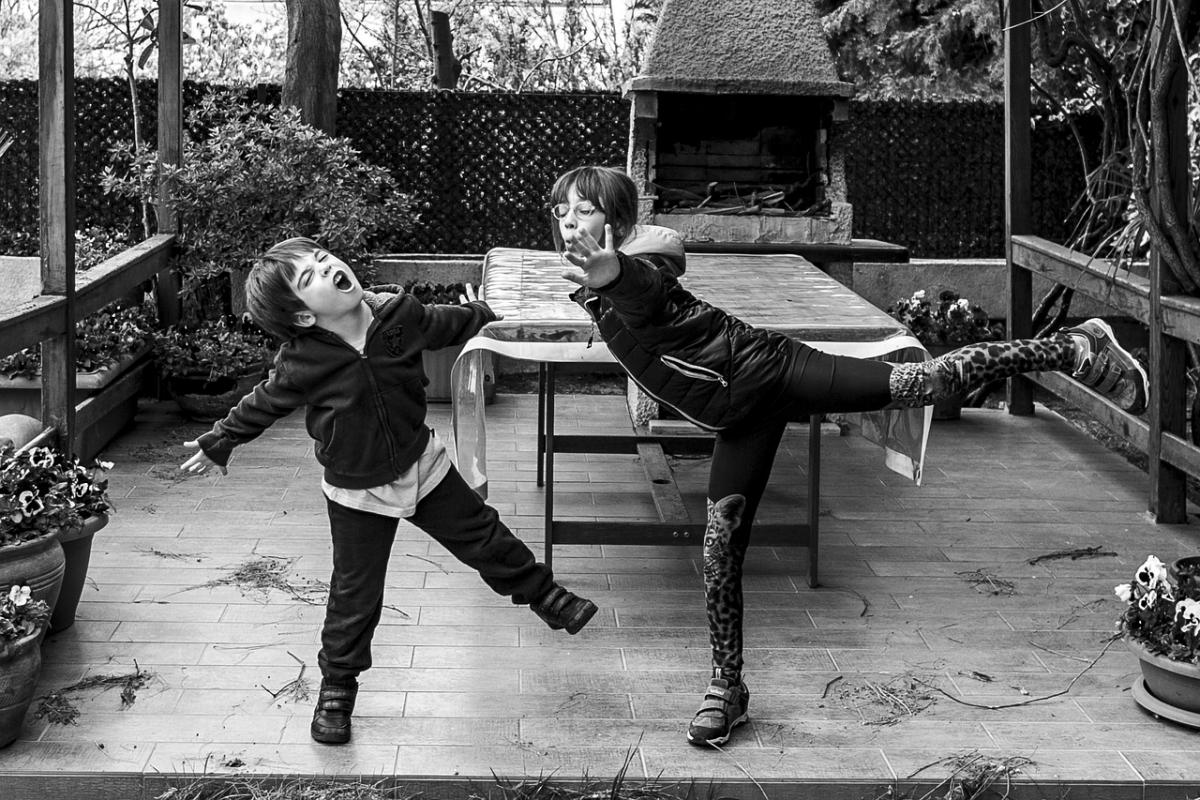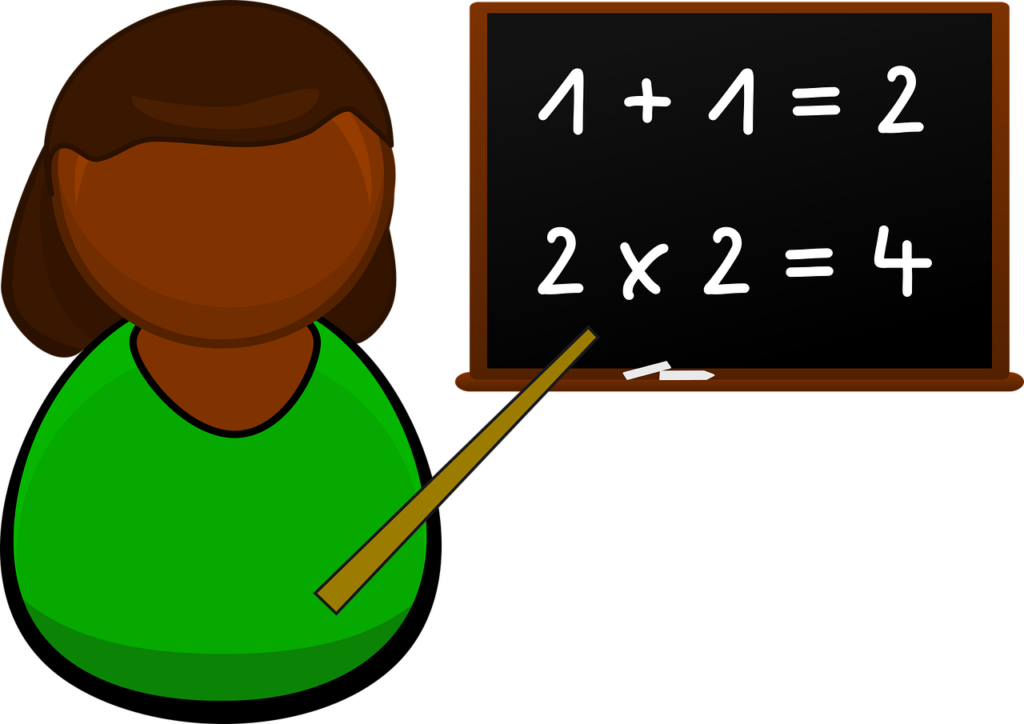By Kate Hurst
In our educational system, “play” is often seen in a negative light and is viewed as unproductive and meaningless activity for learning. However, it is an important element in the development of children’s brains, according to experts in the area of child development. What do we mean when we talk about “play”? What makes an activity “play” as opposed to “work” or “learning”?
Play Is Developmental
Play is tied to cognitive, physical, social and emotional development. Play is the vehicle for learning, especially in early development, but actually throughout our lives. Human play can be looked at a number of different ways. When we talk about social play, we speak of a process of moving from solitary play with objects, the body, and the environment, and expanding to parallel play, cooperative play, and collaborative play. When we think about symbolic play, we break it down into these categories: sensorimotor play, early and later pretend play, rule-based play, and strategy-based play. (To learn more about types of play visit Parallels Between Social & Symbolic Play and Playing with Words by Linda Hagood.)
Play Has Specific Characteristics
According to the National Association for the Education of Young Children, in their article, Five Essentials to Meaningful Play, there are five essential components of play:
- Children make their own decisions.
- Children are intrinsically motivated.
- Children become immersed in the moment.
- Play is spontaneous, not scripted.
- Play is enjoyable.
Think back to your childhood for a moment and the way you played at different ages. Play for most of us is associated with something we want to do rather than something we have to do. Each of us chooses what we do in play and how we do it, based on our own preferences and skills. That is why baseball was not my idea of play when I was a kid growing up, but was for my sister. Play is something you can do alone or with someone, something that involves being active, something that totally captures your attention and gives you enjoyment.

Play is Learning
Play is the universal language of childhood.
It is through play that children understand each other and make sense of the world around them.
We develop physical skills to use objects, climb, run, dance, and create things. We develop cognitive skills to figure out how things worked, to see similarities in objects that we use for pretend, and to problem-solve situations and organize activity. We use our sensory skills in play, and we become better able to express our individual creativity and experience of the world. Perhaps most importantly we develop important social and emotional skills as we face challenges, experience success and setbacks, and become more aware of our own self-identity. We also learn a lot of “content” through play such as reading, writing, speaking, math, science, and social studies.
Five Essentials of Play in Co-Creating Stories
When we use the word “play” in relation to co-creation of stories, it is important to keep in mind the five essential elements of play. This means we have to be willing to play along with our student.
Let the students make decisions on their own. Encourage them to think of the topic, the characters, the setting, and so forth. You may find the topic odd or challenging, but if you enter into the activity in a playful manner, you may be surprised what you learn about your student. Let the child take the lead in how the story will progress. This will help to ensure the intrinsic motivation they need to continue to grow the story. Use strategies like asking, “What happened next?” or cue the child to continue with “and then…”.
See yourself as the playmate, not the instructor, during the process of co-creation. If you are having fun, it is likely the child will have fun. Become immersed in the activity along with the child. This might include the use of props and enacting parts (or all of) the story. Using songs, rhymes, chants, and movement can also help the child and you engage in the story. Be willing to be silly.
Make a general plan, but be willing to go along for the ride. Remember, play is spontaneous, not scripted. Play is enjoyable. If you make storytelling a task rather than something fun, you limit the child’s own expression and take the fun out of the activity. While we hope that many cognitive and academic skills can be touched on during co-creation of stories, social and emotional skills are equally important. The child needs to be able to express his self-identity, discuss emotional issues, and feel success.
Helping a child to become a storyteller is giving a gift that helps him become more connected to others. It gives him the ability to make sense of complex situations and to organize events. Storytelling allows the child to share his experience of the world and the impact these experiences have on him. Sharing a story allows children to reveal parts of themselves in a way that reduces their vulnerability and lets them be brave with their truths.
Enter into the process of co-creation of stories with your student with a mindset of fun and joy. You may find that this activity becomes the highlight of your day.




